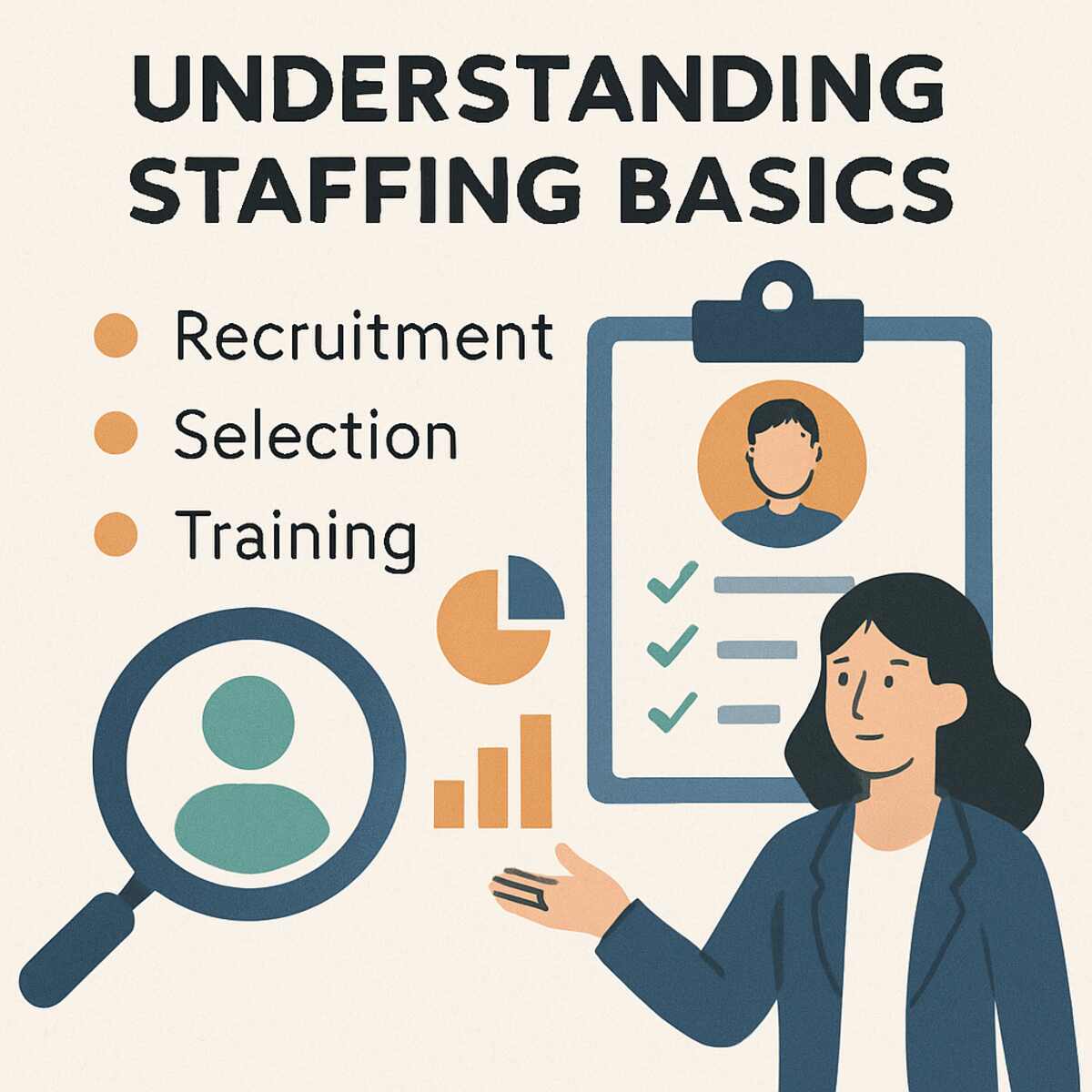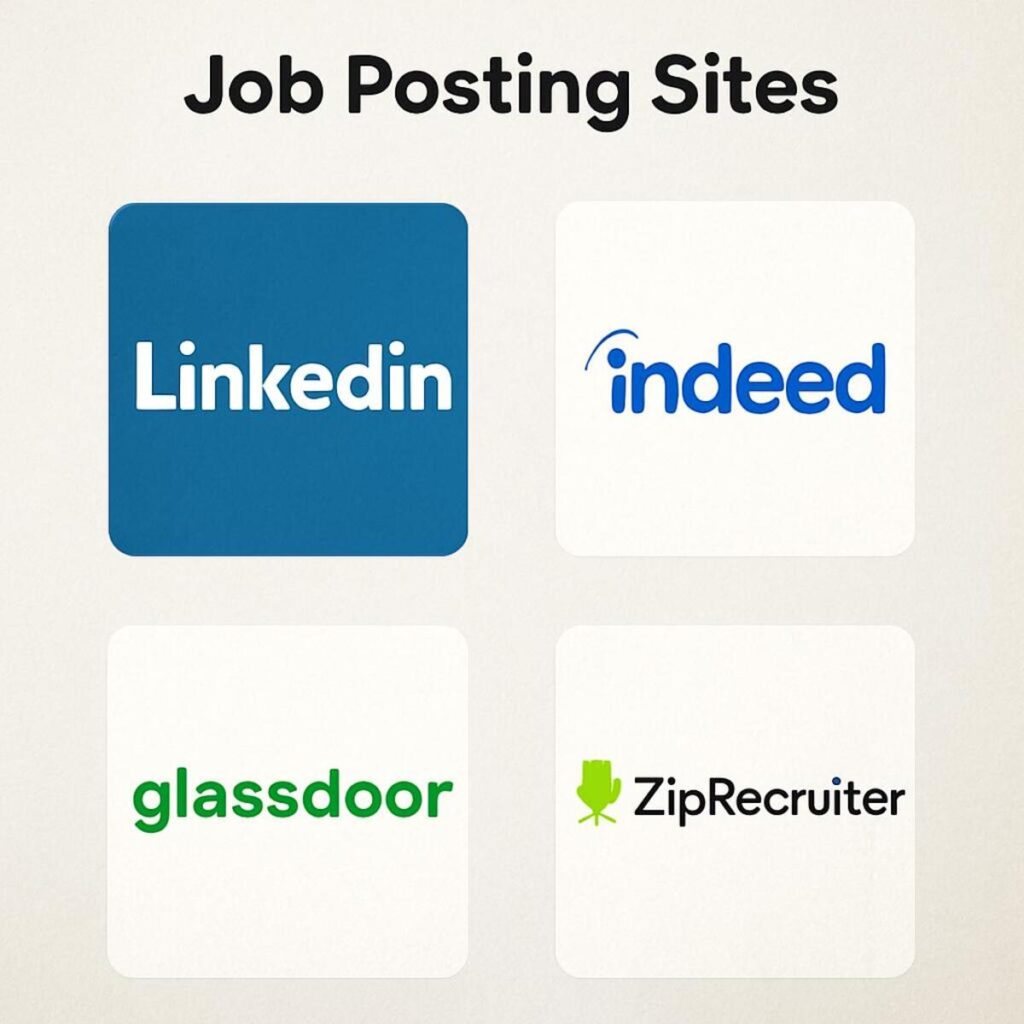Strategies for Building a Reliable Staffing System

In this comprehensive guide, we’ll break down the process into easy-to-follow steps, ensuring you can create a staffing system that supports your business goals and keeps things running smoothly. Find the best staffing solutions.
Before diving into strategies, it’s essential to understand what staffing truly involves. Staffing is the process of hiring, positioning, and overseeing employees within an organization. It encompasses recruiting, selecting, training, and evaluating employees, ensuring that all roles are filled with competent individuals. To develop a robust staffing system, it’s crucial to have a solid grasp of its foundational elements.
The Core Components of Staffing
Staffing involves multiple layers and processes, each playing a critical role in building a cohesive workforce. The core components include recruitment, selection, and placement. Recruitment focuses on attracting candidates, while selection involves choosing the right individuals through interviews and assessments. Placement ensures that employees are assigned roles that match their skills and the organization’s needs.
The Role of Human Resources in Staffing
Human Resources (HR) is the backbone of any effective staffing system. HR professionals are responsible for managing the entire staffing lifecycle, from recruitment to retention. They ensure compliance with labor laws, develop policies that support staffing goals, and create a workplace culture that attracts top talent. HR’s strategic involvement is crucial for aligning staffing practices with organizational objectives.
The Impact of Effective Staffing on Business Outcomes
Effective staffing directly influences business outcomes by enhancing productivity and employee satisfaction. When the right people are in the right roles, tasks are completed more efficiently, leading to improved performance and profitability. Additionally, a well-staffed organization experiences lower turnover rates, as employees feel valued and engaged, reducing the costs associated with hiring and training new staff.
Why Is a Reliable Staffing System Important?
A reliable staffing system ensures that your business operations are not disrupted due to manpower shortages or inefficiencies. It helps in maintaining productivity, reducing turnover, and enhancing employee satisfaction. Plus, with the right team in place, your business can adapt more easily to changes and challenges. Understanding the significance of a robust staffing system is the first step towards building one.
Ensuring Business Continuity and Productivity
One of the primary reasons for having a reliable staffing system is to ensure business continuity. By having the right people in place, you minimize disruptions and maintain productivity levels. This is especially important during peak seasons or unexpected changes, where having a well-prepared team can make all the difference in meeting client demands and maintaining service quality.
Enhancing Employee Satisfaction and Retention
A well-structured staffing system contributes significantly to employee satisfaction and retention. When employees are placed in roles that suit their skills and career aspirations, they are more likely to be engaged and motivated. This leads to higher job satisfaction, which, in turn, reduces turnover rates and fosters a stable workforce. Investing in your staffing system ultimately translates to reduced hiring costs and a more cohesive team.
Adapting to Changes and Challenges
In a rapidly changing business environment, adaptability is key. A reliable staffing system equips your organization with the flexibility to respond to market trends, technological advancements, and other external factors. By having a dynamic staffing strategy, you can quickly adjust to new challenges, such as shifts in consumer demand or competitive pressures, ensuring your business remains resilient and competitive.
Key Strategies for Building a Reliable Staffing System
Let’s explore some effective strategies to build a staffing system that works like a well-oiled machine. Each strategy focuses on a critical aspect of staffing, ensuring that your system is comprehensive and adaptable to your business needs.
1. Define Your Staffing Needs Clearly
The first step in any staffing strategy is understanding your needs. Determine what roles need to be filled and what skills are required for each position. This involves:
- Job Analysis: Understand the duties, responsibilities, and skills needed. A thorough job analysis provides a clear picture of the role’s requirements, ensuring you attract candidates with the right qualifications and experience.
- Workforce Planning: Anticipate future hiring needs based on business growth or seasonal demands. Effective workforce planning helps in forecasting staffing needs and aligning them with your business’s strategic goals.
- Skill Gap Analysis: Identify any gaps between your current workforce capabilities and your business needs. Conducting a skill gap analysis enables you to pinpoint areas where additional training or new hires are necessary, ensuring your team remains competitive.
2. Crafting an Attractive Job Description
An engaging job description is crucial to attract the right candidates. A well-crafted description should include:
- A Clear Job Title: Ensure the job title is specific and reflective of the role’s responsibilities. A precise job title helps candidates quickly understand the nature of the position, increasing the chances of attracting suitable applicants.
- A Brief Overview of the Company and Its Culture: Provide potential candidates with insight into your organization’s values and work environment. Highlighting your company culture can attract candidates who align with your organizational values and are likely to thrive in your environment.
- Detailed Duties and Responsibilities: Clearly outline what the role entails, giving candidates a comprehensive understanding of the job. Detailed responsibilities help set expectations and attract candidates who are confident in meeting the role’s demands.
- Required Skills and Qualifications: Specify the essential skills and qualifications needed for the role. This ensures that applicants have the necessary competencies to succeed in the position, reducing the risk of hiring mismatches.
- Information About Salary and Benefits: Transparently state the compensation package, including salary, benefits, and any additional perks. Providing this information upfront can attract candidates who are serious about the opportunity and reduce time spent negotiating later in the process.
3. Utilize Multiple Recruiting Channels

Don’t put all your eggs in one basket when it comes to recruiting. Use a mix of channels to reach a broader pool of candidates:
- Online Job Boards: Websites like Indeed and LinkedIn are great for reaching a large audience. Online job boards provide a platform for advertising vacancies to a wide range of potential candidates, increasing your chances of finding the right fit.
- Social Media: Platforms like Facebook and Twitter can help you target specific demographics. Social media offers a unique opportunity to engage with potential candidates in a more informal setting, allowing you to reach passive job seekers who may not be actively searching for new opportunities.
- Employee Referrals: Encourage your current employees to refer candidates for open positions. Employee referrals can be a valuable source of quality candidates, as your current staff understand the organizational culture and are likely to recommend individuals who fit well within the team.
4. Implement a Thorough Selection Process
Having a structured selection process ensures you hire the best candidates. Consider the following steps:
- Resume Screening: Look for key qualifications and experiences. Resume screening allows you to quickly identify candidates who meet the basic criteria for the role, streamlining the initial stages of the selection process.
- Interviews: Conduct both phone and in-person interviews to get a sense of the candidate’s personality and skills. Interviews provide an opportunity to assess a candidate’s interpersonal skills and cultural fit, which are crucial for long-term success within the organization.
- Skill Tests: Use tests to evaluate the technical abilities of candidates. Skill tests can provide objective data on a candidate’s capabilities, ensuring you make informed hiring decisions based on their demonstrated competencies.
5. Focus on Onboarding and Training
An effective onboarding process helps new hires integrate quickly and efficiently. Here’s how you can do it:
- Orientation Programs: Introduce new employees to company policies and culture. Orientation programs provide essential information about the organization and help new hires feel welcomed and valued from day one.
- Training Sessions: Provide training to help new hires acquire necessary job-specific skills. Structured training programs ensure new employees have the knowledge and tools they need to perform their roles effectively, reducing the learning curve and increasing productivity.
- Mentorship: Pair new employees with experienced staff to guide them through their initial phase. Mentorship programs can facilitate a smoother transition for new hires, offering support and guidance as they navigate their new roles and responsibilities.
6. Foster a Positive Work Environment
Employees are more likely to stay in an organization that values them and provides a supportive work culture. Consider:
- Open Communication: Encourage feedback and maintain an open-door policy. Open communication fosters trust and transparency, enabling employees to express concerns and suggestions freely, leading to a more engaged and satisfied workforce.
- Recognition Programs: Acknowledge and reward employees for their hard work and achievements. Recognition programs can boost morale and motivation, showing employees that their contributions are valued and appreciated.
- Work-Life Balance: Promote policies that allow employees to balance their personal and professional lives effectively. Supporting work-life balance can reduce burnout and increase job satisfaction, leading to higher retention rates and a more resilient workforce.
Leveraging Technology in Staffing
Technology can be a game-changer in staffing. Use software tools and platforms to streamline your staffing process:
- Applicant Tracking Systems (ATS): Automate the recruiting process, making it easier to manage applications and candidate information. ATS platforms can save time and reduce administrative burdens, allowing HR teams to focus on strategic initiatives.
- HR Management Software: Use tools like BambooHR or Workday to manage employee records and performance reviews. HR management software provides a centralized system for tracking employee data, facilitating more effective decision-making, and performance management.
- Virtual Interview Platforms: Tools like Zoom or Skype can facilitate remote interviews, expanding your candidate pool. Virtual interviews can increase flexibility for both candidates and employers, enabling you to connect with top talent regardless of geographical constraints.
Continuous Improvement and Feedback
Building a reliable staffing system is not a one-time task. It requires continuous assessment and improvement. Regularly gather feedback from employees and managers to identify areas for improvement in your staffing process. Embracing a culture of continuous improvement ensures that your staffing system remains effective and aligned with organizational goals.
Monitoring and Evaluation
Set up regular check-ins to evaluate the effectiveness of your staffing strategies. This could involve:
- Employee Surveys: Get feedback on job satisfaction and work environment. Employee surveys provide valuable insights into the workforce’s perceptions and experiences, helping identify areas for improvement.
- Performance Metrics: Track hiring success rates, employee turnover, and other relevant metrics. Analyzing performance metrics can reveal trends and patterns, allowing you to make data-driven adjustments to your staffing strategies.
- Market Trends: Stay updated on industry trends to anticipate changes in staffing needs. Keeping abreast of market trends ensures your staffing system remains proactive and responsive to external influences.
Final Thoughts
Creating a reliable staffing system is all about aligning your workforce with your business goals. With the right strategies in place, you can build a team that not only meets your current needs but is also adaptable to future challenges. Remember, the key is to remain flexible and open to change, using feedback and data to continuously refine your approach. With dedication and the right tools, your staffing system can be a cornerstone of your business success, driving growth and innovation while fostering a positive workplace culture.


